Many home cooks were taught never to press down on a burger as it cooks since that would ruin your all-beef patty by getting it to release the juices it needs to stay tender and moist.
Turns out that is total hooey—a complete myth. In fact, wildly successful burger chains Shake Shack and Smashburger have predicated their success on the principle that you need to press, or smash, your hamburger patty onto the cooking surface to get the most flavor.
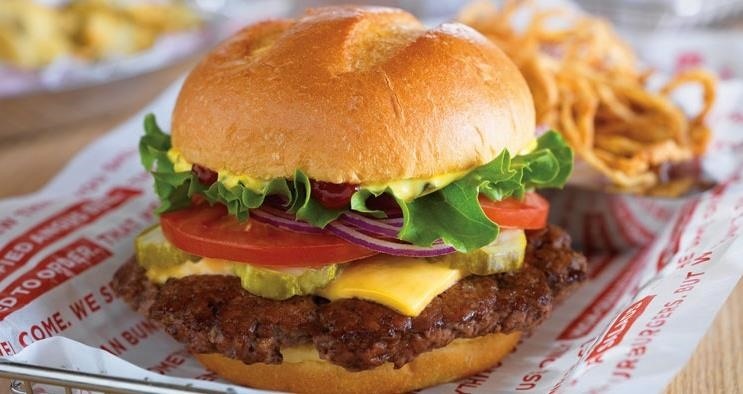
Why Does This Work So Well?
The Maillard reaction is behind it all, as it is behind most yummy things. When your beef patty meets some heat, the amino acids and sugars within it begin reacting, which results in changes of flavor and color.
So when you "smash" your burger patty down, you're creating more surface area for the Maillard reaction to take place.

Watch a Smashburger in Action
Tom Ryan, the CEO of Smashburger, walks some journalists through the process of creating his restaurant's signature burger. He starts with high-quality beef that has a fair amount of fat and is packed into a loose ball, since overworking the meat can make the proteins get too tough.

Next, he uses a special heavy metal press to sear the bottom of the patty into the heated cooking surface for ten seconds. This caramelizes and creates a flavorful crust on the patty, and as Ryan explains, forces the juices in the meat to go upward.

As with a pancake, he waits until he sees "bubbles" to flip the patty over. Then he uses a very sharp scraper held at a forty-five degree angle to the cooking surface to ensure he gets every speck of that crisp, brown crust.
How Can You Do This at Home?
Fortunately, it's not hard. You want to get the best-quality meat you can with some fat in it. J. Kenji López-Alt recommends ground chuck. If your supermarket still has actual butchers on hand, I say you get a chuck steak and ask them to grind it for you and add some bacon while they're at it.
Then you can make loose meatballs, remembering to use just enough pressure to make the meat stick without overworking it. Make 'em small—about two to three ounces should do the trick.

As for surfaces, use whatever's handy. Stainless steel works great, as does the ever-classic cast-iron. The only think you don't want is a nonstick pan—that won't help you get that yummy crust to develop.
Make sure that pan is nice and hot. Preheat it for several minutes. If a drop of water really sizzles and dances across its surface, it's ready.
Ryan from Smashburger uses a little butter on his frying area. López-Alt uses none. I, personally, always vote for butter if and when it's on the ballot. It adds flavor and if it makes cleaning the pan later a little bit easier, I'll sacrifice a little bit of crust.
Hulk Smash!
Now for the fun part: smashing that sucker. You can use a regular flat spatula and press on it with a second spatula. Remember, you really want that patty to be wide and flat.
I own a small, heavy Le Creuset frying pan that I've used in the past as a makeshift panini press. If you have something similar, I recommend covering it in foil and using that as your smasher.
Press down for several seconds. Kitchen stoves get nowhere near as hot as restaurant ones, so you might need up to thirty or even forty-five to get a really dark crust going. Then use your spatula or a scraper if you own one to flip it over.

A Smashburger by Any Other Name Is Still as Tasty
Lest you think that we owe this "smashing" burgers to the rise of food science, Pulitzer Prize- and James Beard Award-winning restaurant critic Jonathan Gold provides evidence to the contrary. He writes about one of Los Angeles' culinary legacies, the California lunchroom burger:
"The thin, slightly charred beef patty becomes basically another texture in this sandwich, more valuable for its crunch than for its juice—the lunchroom burger is essentially a short-form essay on crispness."

Shake Shack, Smashburger, ultra-smashed burger—to some of us, it will always be a California lunchroom creation.
Learn more tricks for creating great burgers: add a secret ingredient to keep them moist while they cook and use your thumb to help them cook evenly. You can also learn how to make your own perfect sliders and eat a restaurant burger with no mess.
Just updated your iPhone? You'll find new emoji, enhanced security, podcast transcripts, Apple Cash virtual numbers, and other useful features. There are even new additions hidden within Safari. Find out what's new and changed on your iPhone with the iOS 17.4 update.
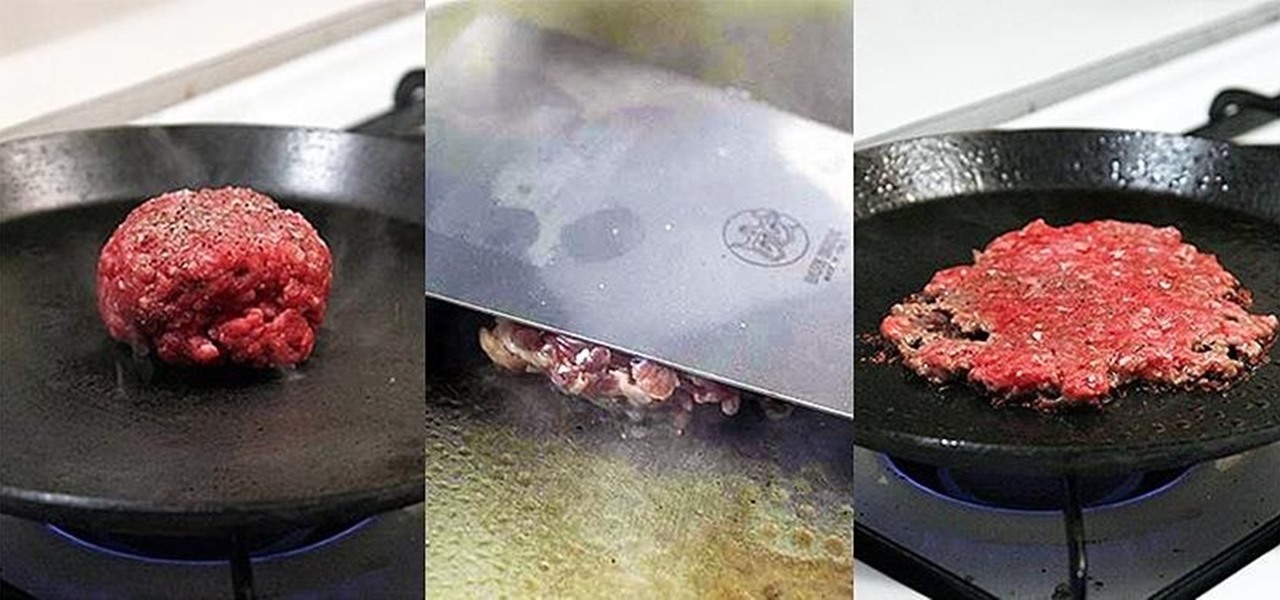








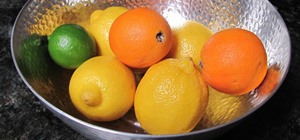
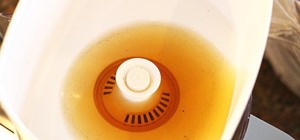


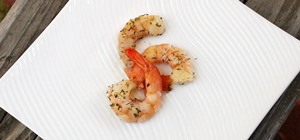
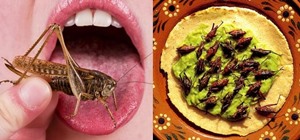



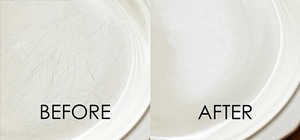
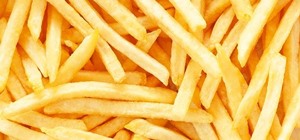
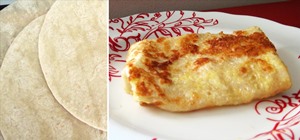
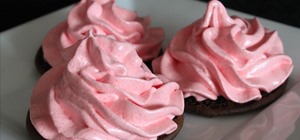

5 Comments
Actually you are not debunking a food myth at all.
In your example you are forming the patty on the cooking surface, which is substantially different from smashing ground beef which has already been formed into a patty. Plus, your method only works on a solid surface, not a grill or ridged surface. It works, no denying that, but it doesn't debunk a myth, just shows an alternative to making a patty.
When you have formed a patty and are cooking it you don't "smash" it during the cooking process. Watch your video, he does not "smash" the patty again, he forms the patty with the spatula.
Jubal is right: there's no debunking going on here at all. The only debunking is : article is thinly veiled product placement for smash burger.
Whether the idea behind the cooking holds merit or not is completely blown by a cook who violates health code from the onset. Where's his hair net? The guy wants to look good with his shaggy hair but Im afraid the health inspector might give his restaurant a "C" rating for that - not to mention that while he does go the extra mile by going to the trouble of wearing protective gloves as he cooks, he scores a complete fail by wiping something off of his upper lip. If I were him, I would reshoot the piece. Keep the message, reshoot with the hairnet sans nose/face wipe.
i disagree with the guy completely. that burger is going to med well at the very least and a sess pool of grease. if i wanted something like that i would take a cast iron pan, wait for it to get smoking hot, sear with canola oil, butter baste to completion and rest that thing in a warm spot. gtfo with this fast food garbage.
As the posters above pointed out, all that the article is telling us to do is to form the patties on the griddle itself. While they are still raw ground beef that hasn't cooked.
And everyone knows you need a lot of surface area touching the griddle-that's why all hamburgers are in the shape of patties instead of perfectly spherical balls.
Share Your Thoughts